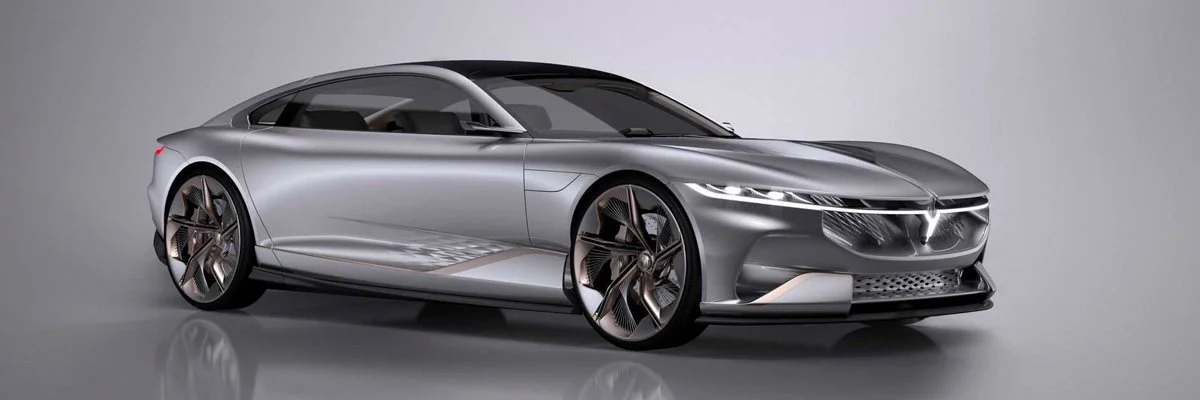What Brands Should Make of China's Accelerating Innovation
Over the years, China has made the headlines for its cottage industry of fakes, from infant formula to condoms to fake zoo animals. This has left many with an impression that China is a nation of copycat producers. But in reality, China has been busy beavering away for years coming up with innovative ideas that change the way people live, consume and market.
In 2019, China surpassed the US for number of patents registered with patents for inventions growing 30% last year. As a whole, China's patents aren't considered to be the same quality as some countries, but the ratio of high-quality patents has doubled over the past five years. In 2021, the country climbed into the top-dozen countries in the global innovation rankings. Like many manufacturing countries before it, China has learnt a lot about product development from its role as the 'world's factory.' This, combined with a strong focus on STEM in education, heavy investments in R&D, and a culture of risk taking and failing fast, has led to an increasing number of innovations coming from the Middle Kingdom.
On many fronts, China has been leading innovations for online consumer applications for some years, with the Facebooks, Amazons and Apples of the world replicating ideas from China.
Many of China's innovations aren't quite as sexy as the consumer-focused WeChat, livestreaming innovations or facial recognition-enabled smart shopping, but they address challenges that China and the wider world faces. China's shrinking population and increasingly expensive workforce has seen an increase of robots in retail, warehouses and even robot earthworms to explore engine pipes. In the agricultural sector, Chinese innovations are set to increase following its first technology roadmap for intelligent agricultural machinery. It is also showing early signs of focusing on more GM farming as it strives for greater self sufficiency in feeding a nation wanting more calories each year.
Some of the most interesting innovations coming out of China are areas which are not traditionally associated with the country. A good example is the auto industry. Even in its home market, Chinese car brands have largely been considered inferior and unable to charge a fraction of the premium that foreign badges command. Although domestic brands are growing faster, foreign brands still account for the largest share of the market.
Whilst China is being beaten for combustion engines, it is leading for EVs. The government was quick to identify this as a significant future opportunity, and doubled down on its support and subsidies. By 2018, there were already 487 EV makers in China. Competition breeds innovation and that is what we have seen, with EV's as cheap as $4,500 to talk of flying cars within a couple of years.
Globally, increasing environmental awareness and soaring fuel prices have seen consumer interest in EVs reach a tipping point. Although America holds the high profile Tesla brand and legacy auto giants in the US, Europe, Japan and South Korea are also investing heavily in the EV wave, backing the EV horse early has paid off for China. China produces the more than half of the world's EVs, and dominates in supporting industries such as batteries and cell components.
Although EV innovations in China may not appear relevant to a lot of consumer categories, they are symbolic of China innovating under the radar, which will leave few brands and categories untouched.
For brands, China's growing innovation presents both opportunities and threats. Innovative Chinese companies present partnership opportunities for foreign brands, both within China and outside. China's innovations are also creating opportunities for new and enhanced channels for marketing, sales and data collection. The innovations are creating new behaviours, habits and subcultures, which in themselves present possibilities. Like any dynamic market, the opportunities will be more likely for those brands who stay ahead of the game in innovations and trends.
Click/tap here to see this week's most important China market and marketing news.

